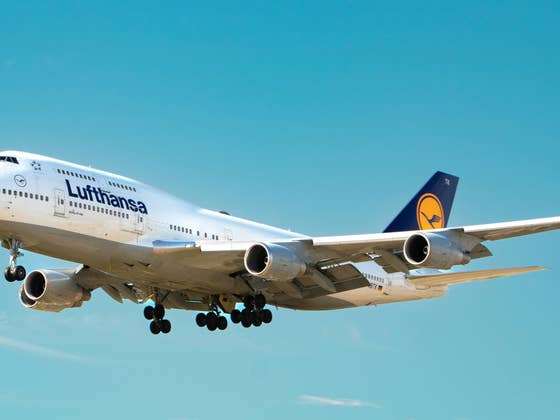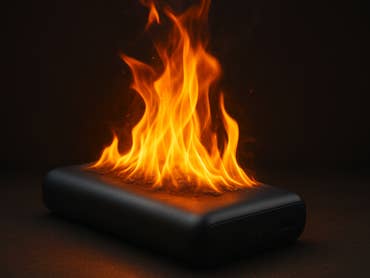One kilo too much in your suitcase — and your flight gets all the more expensive. Lufthansa charges €50 more for passengers who exceed the magic baggage limit of 23 kilograms. Anyone who flies would be familiar with this scenario: at home, the suitcase is placed on the scales, at the airport, it is checked with bated breath to see whether the luggage falls within the weight limit. Excess baggage is considered a sin that airlines punish relentlessly, which makes what is now emerging in the premium segment all the more astonishing: While tourists haggle over every gram, the Group is planning to load tons of lead onto its aircraft — solely to ensure the balance for the new luxury class.
Lufthansa’s Crazy Plan: Lead Plates for Premium Seats
What sounds like satire is actual engineering planning. From 2026, the Lufthansa Group plans to renew its First Class offerings: Swiss is refitting 14 Airbus A330s, and Lufthansa itself will be refitting 19 jumbo jets. The problem? The new luxury seats are so heavy that the aircraft’s center of gravity is shifting. The solution? Ballast. In Zurich, 1.5 tons of lead are stored in the rear of each aircraft; in Frankfurt, an additional 700 kilograms is added to each aircraft. Added up across the fleet, this results in 34.3 tons of additional weight — pure ballast that flies across the Atlantic, to South Africa, or to India every day.
→ Look for the cheapest flight deals with this travel hack
The consequences can be calculated: For Swiss planes, this means around 60 kilograms of additional fuel consumption per hour, for the jumbo jets, another 25 kilograms. Extrapolated to 5,000 flight hours per year and a planned remaining useful life of ten years, the effect adds up to 65,750 tons of additional fuel burned, around 207,770 tons of CO₂.
For comparison: with this amount, a mid-range car could circle the globe around 18,500 times. Even today, a single first-class flight from Zurich to New York generates around 14 tons of CO₂ per person — five times as much as an economy seat. With lead ballast, the carbon footprint gets even worse.
From Grams to Tons
The contradiction is obvious: just a few years ago, Lufthansa counted every kilogram, had pilots’ cases refitted and streamlined on-board equipment to save a few kilograms of weight per aircraft. Today, a conscious decision is made to carry tons of ballast in the name of comfort for a wealthy minority.
→ New ban on Ryanair (and other airlines) raises questions
Officially, the project is being sold as a “quality promise”. First-class customers should sleep undisturbed, while the lead in the rear maintains the physical balance. “Premium” replaces the art of engineering — and sends a clear signal: climate protection ends where luxury begins.
Resistance is Stirring
Climate activists have already launched a petition. Their argument? While millions of passengers are being asked to pay for every kilo of excess baggage, thousands of tons of ballast are flown across the globe needlessly, with notable consequences for the environment and climate.
It remains to be seen whether the protest will be heard. One thing is certain: Lufthansa is sending out a remarkable signal. It tells the story of how differently a kilo is valued in air travel — depending on whether it is in the suitcase of a vacationer or in the back of a First Class cabin.




0 comments